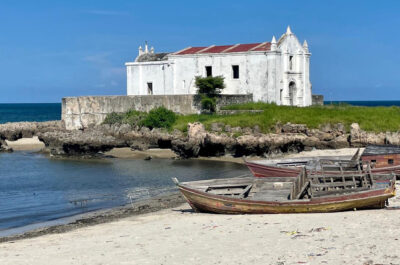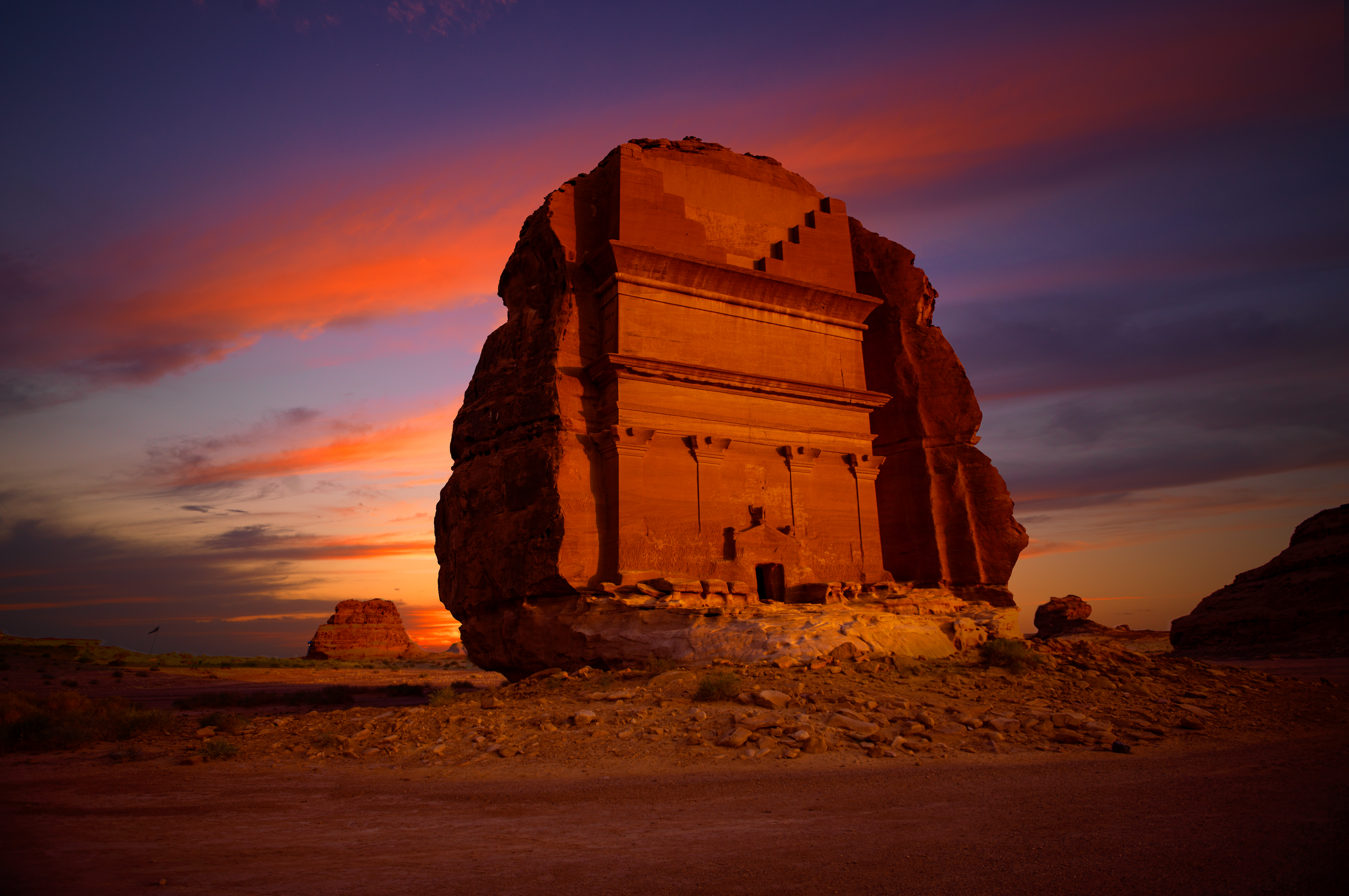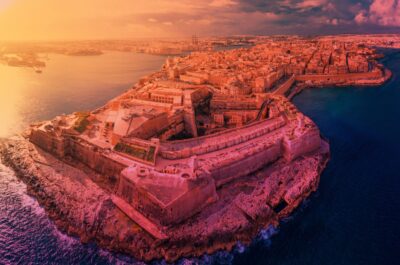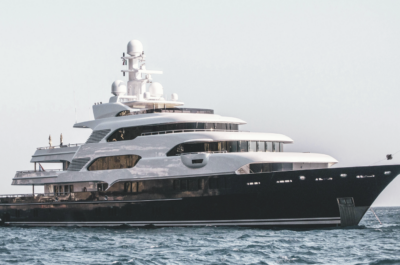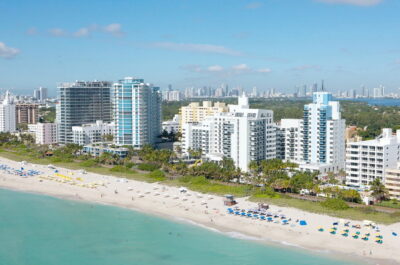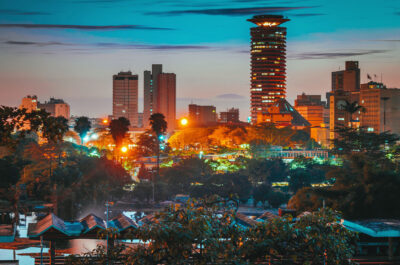The beautiful Spanish colonial city of Vigan in Northern Luzon Island (Philippines) has been acknowledged by UNESCO as a model of best practices in World Heritage site management. A proud achievement for the small city, one of Southeast Asia’s most charming historical place.
VIGAN/KYOTO – The Historic Town of Vigan (Philippines), inscribed on the World Heritage List in 1999, has been recognized as a model of best practices in World Heritage site management, at the occasion of the 40th anniversary of the World Heritage Convention. The distinction is to be officially announced and a certificate is due to be presented to the Mayor of Vigan, Ms Eva Marie S. Medina, during the closing event of the celebrations of the 40th anniversary of the World Heritage Convention in Kyoto, Japan.
Vigan’s successful and sustainable management has been achieved with relatively limited resources, which should make it adaptable to sites in all countries; the local community is well integrated into many aspects of the sustainable conservation and management of the property; and a multi-faceted approach to the protection of the site has been developed.
Recognizing and rewarding best practice in World Heritage site management on the occasion of the 40th Anniversary of the World Heritage Convention was called for by the World Heritage Committee at its 35th session in Paris, France in 2011. Twenty-three countries participated by sending in proposals for 28 World Heritage sites, both cultural and natural. Submissions were reviewed by a selection committee mandated by the UNESCO World Heritage Centre.
Established in the 16th century, Vigan is the best-preserved example of a planned Spanish colonial town in Asia. Its architecture reflects the coming together of cultural elements from elsewhere in the Philippines, from China and from Europe, resulting in a culture and townscape that have no parallel anywhere in East and South-East Asia.
Vigan represents a unique fusion of Asian building design and construction with European colonial architecture and planning. Its architecture truly reflects its roots in both materials and design with its old haciendas, palaces and magnificent baroque-style churches.
The soft management approach to heritage protection helped Vigan to retain its entice authenticity. Subtle restoration of houses, done with the participation of locals, has helped not to turn the historical core into a “Disneyland-style” district as local people continues to live and work within the old city. A perfect example of preservation that could inspire other UNESCO World Heritage Sites in Asia and deserved UNESCO’s special recognition.













